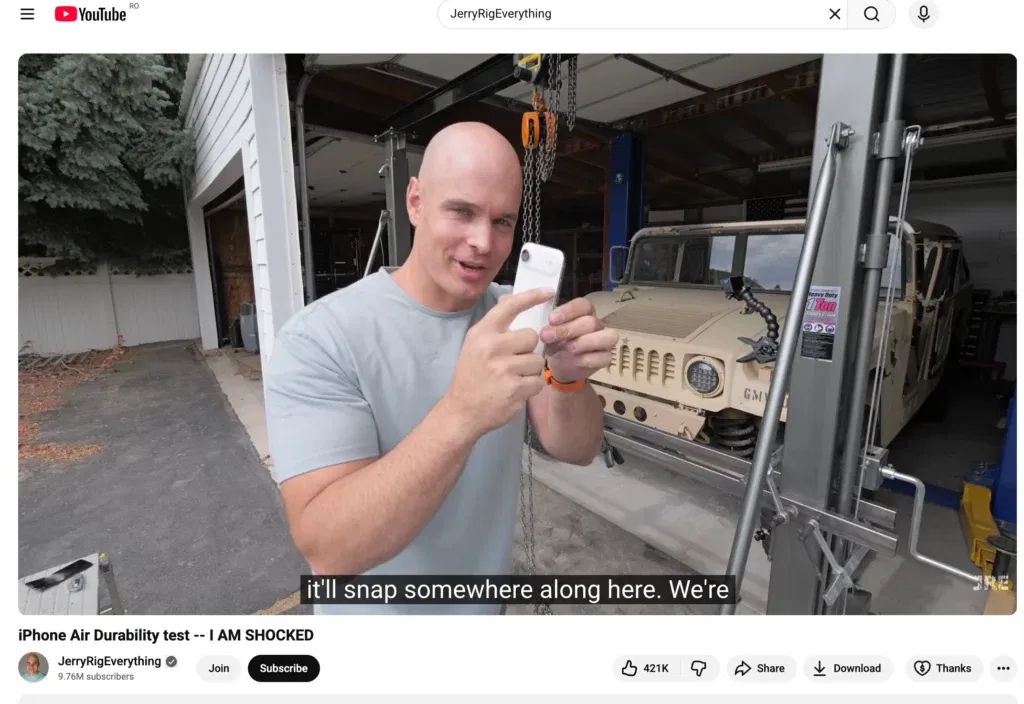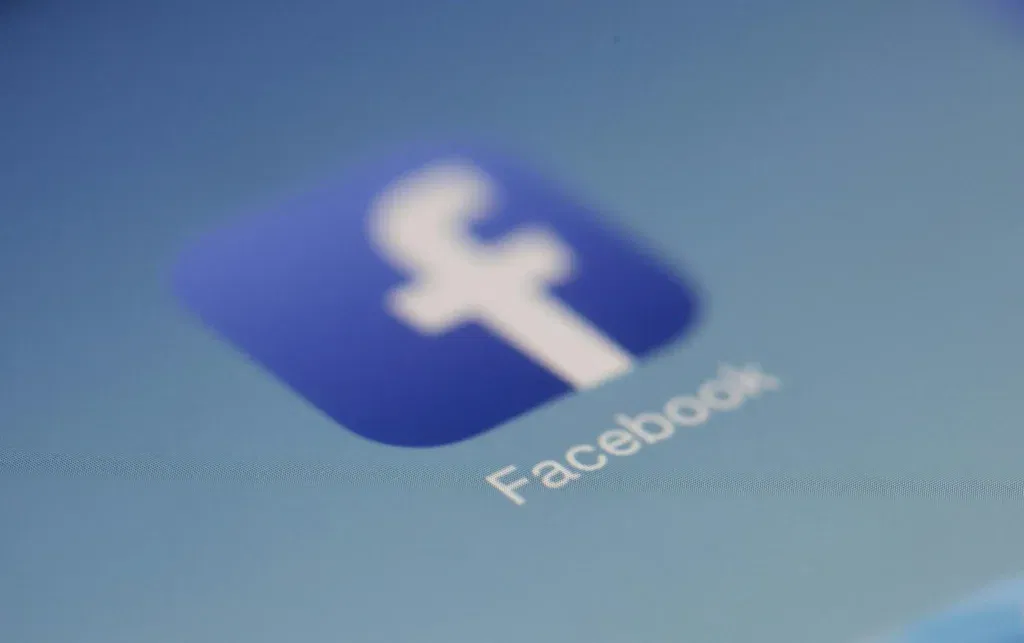Brand ambassadors promote a brand’s products as part of a long-term contract: they may be celebrities or simply influencers who command respect and recognition within a certain niche, no matter its scope.
If you’re looking to leverage the power of partnerships and ambassador endorsements for your brand, you may be wondering: “Do brand ambassadors get paid, and how?”.
While a personal connection with the brand they represent is a vital prerequisite for most brand ambassadors, most won’t represent your brand for free. However, there’s a multitude of different brand ambassador payment models that other brands choose from, which may get you wondering what the best option for your own program is.
We will cover all the options at your disposal, along with tips on what to choose depending on your priorities and goals.
Table of Contents
Key Takeaways
- The average hourly rate for brand ambassadors is $20-$25, which may vary widely based on their reach.
- There’s a discrepancy between average pay rates for various content channels, with YouTube being the most expensive overall.
- Each brand ambassador compensation model has its own optimal use cases and top benefits.
- These models aren’t necessarily mutually exclusive, and many brands decide to combine them when building a custom program.
How Much Do Brand Ambassadors Get Paid on Average?
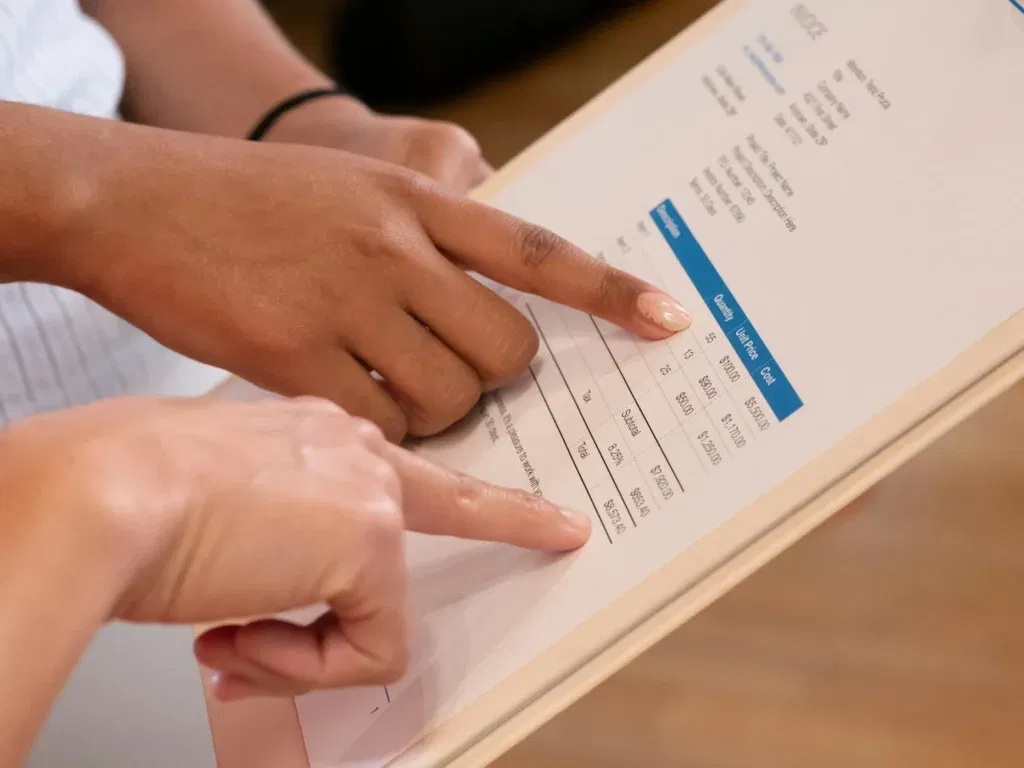
According to Indeed, the average brand ambassador pay rate in the US is $24.96/hour, or $58,243/year. ZipRecruiter gives a slightly more modest appraisal: $20/hour, or $42,047/year. Glassdoor’s average annual and hourly assessments are roughly similar, though they provide an upper range of $120,000/year.
Regardless of the compensation model you opt for, you can expect your ambassador partnership expenses to average out to $20-$25/hour, though this can scale up or down depending on the prospective candidate’s social reach and experience as a brand ambassador.
Aspire, an influencer marketing software platform, makes annual reports on the state of influencer marketing, including average costs of promotional content per social media platform, using several metrics. Their 2024 report gives the following statistics:
Average cost-per-engagement (likes, comments, shares, etc.) per channel:
- YouTube: $0.05
- TikTok: $0.27
- Instagram: $0.51
- Pinterest: $3.60
- Facebook: $15.30
Common cost-per-mille (one thousand impressions) per channel:
- Instagram: $15.00 for stories, $10.00 for reels
- TikTok: $15.00
- YouTube: $20.00
Common cost-per-impression per channel:
- Instagram: up to $0.10 for stories, $0.15 for reels
- TikTok: up to $0.15
- YouTube: up to $0.20
What Are the Different Brand Ambassador Compensation Models?
Before we move on to all the different compensation models available, here is a table laying out the top benefits and use cases for each model:
| Model | Best For | Top Benefits |
| Flat Fee | Simple, Short-Term Projects | Easy Budgeting |
| Pay-Per-Post | Broad Social Media Campaigns | More Control Over Budgets |
| Pay-Per-Event | Brands With Heavy Event Exposure | Easily Accountable |
| Salary | Building Loyalty | Close Ambassador Relationship |
| Performance-Based | Result-Driven Campaigns | Aligns Goals |
| Affiliate Bonuses | Long-Term Campaigns | Motivates Performance |
| Referrals | Lead-Generating Campaigns | Drives Visibility |
| Equity | Early-Stage Startups | Encourages Deep Commitment |
| Gifts | Working With Micro- or Nano-Influencers | Cost Effectiveness |
| Discounts | Partnerships With Committed Ambassadors | Encouraging Loyalty |
Note that some of these models aren’t mutually exclusive, and many brand ambassador programs combine them into a custom compensation scheme.
1. Flat Fee
A flat fee payment scheme offers ambassadors a flat fee in exchange for a previously agreed-upon condition, such as a certain number of posts, videos, or event attendances. This model is easy to budget and simple to manage, but may also be inflexible in the face of any potential campaign modifications.
One of the most famous flat fee brand ambassador contracts was between George Foreman and Foreman Grills (previously known as Salton Electric Grills), where he agreed to lend the brand his endorsement, and even his name, in exchange for $137.5 million.
2. Pay-Per-Post
This model offers a set fee, which may differ based on the type of post (such as an Instagram Reel or a Twitter post). It’s a good option for social media campaigns that aim to leverage as many social media channels as possible, while ensuring fair payment.
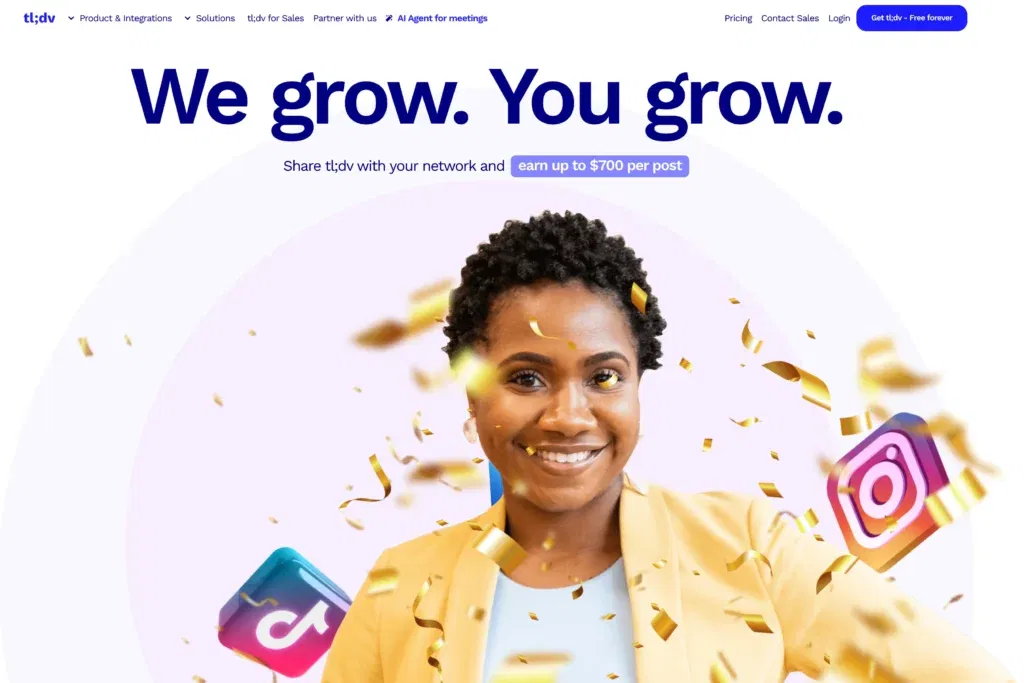
This model is often combined with performance-based compensation to incentivize the ambassador to create high-quality content. For example, tl;dv’s ambassador program offers a scalable pay-per-post model where the fee climbs along with the number of organic impressions per post.
3. Pay-Per-Event
Some brands primarily use brand ambassadors to attend live brand events such as expos, conventions, or festivals. These ambassadors are compensated for their attendance, either on a per-attendance or per-hour basis.
This model is common for tech, gaming, or sports brands—for example, the NHL uses it to compensate brand ambassadors who host promotional events at league games.
4. Salary

A regular salary makes brand ambassadorship a full-time job, with all that it entails: the ambassador is expected to consistently promote the brand, with renewal periods once or several times every year, to ensure the performance remains on the same level. This also builds an ambassador’s deeper sense of loyalty towards the brand.
Lululemon is one example of a company that uses a salary model to pay its brand ambassadors.
5. Performance-Based Compensation
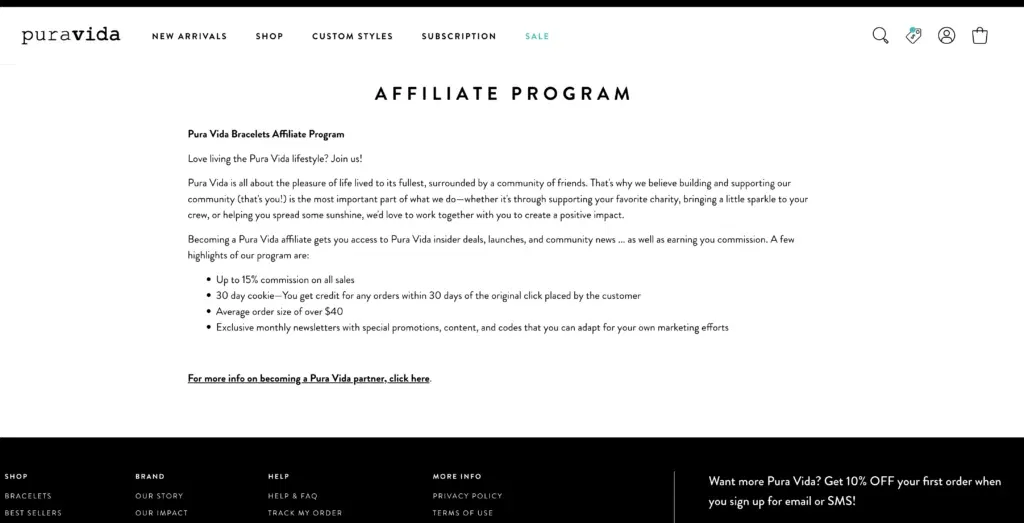
This model typically pays the brand ambassador based on their level of contribution to a campaign’s KPI, such as the amount of sales made through the ambassador’s unique referral link. In these cases, the ambassador will receive a set commission for every sale made through the referral.
This model is commonly used by online vendors, such as Pura Vida Bracelets, which grants up to 15% commission on sales.
6. Affiliate Bonuses
A model featuring affiliate bonuses typically works similarly to the previous model, but adds bonuses on top, typically for reaching specific milestones. This additionally inspires brand ambassadors to improve their performance to earn these bonuses.
For example, MyProtein usually adds limited-time bonuses during major shopping seasons, such as a $100 bonus for 10 monthly sales.
7. Referrals
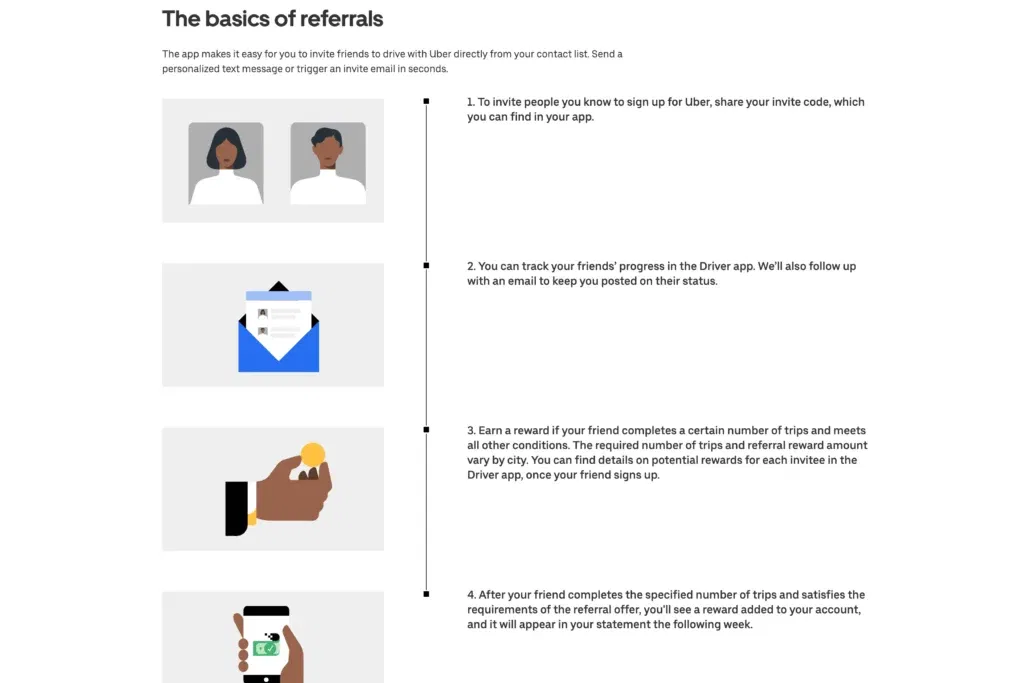
In this model, brand ambassadors are paid a fixed rate for every new referral. This is highly lucrative for brand ambassadors and makes it an excellent choice if you’re aiming to build brand awareness.
Early on, Uber used this model specifically for college students, who would receive a fee for every new ride made through a referral link, which proved great at building awareness.
8. Equity
A brand ambassador may also be compensated in alternative ways, such as in equity. This is favored by early-stage startups who wish to gain visibility but often lack the monetary means to do so. Since brand ambassadors receive a share of ownership, it also inspires them to personally commit to the brand’s future.
Gymshark notably used this model early on, with all early-stage brand ambassadors receiving an ownership share.
9. Gifts
Some brands opt to use non-monetary gifts, typically in the form of free products or gift cards, as an incentive for their brand ambassadors. This cost-effective option is usually done by brands with a broad network of micro- and nano-influencers, such as many cosmetics brands.
One notable example is Sephora, which grants generous affiliate packages including free shipping, exclusive access to new products, promotional items, and free product samples.
10. Discounts
Discounts can also be an excellent way to encourage brand loyalty with ambassadors who are already committed to your brand’s products. This works best for expensive and luxury products, as well as collectible items.
Harley-Davidson, for example, offers exclusive discount codes to its customers who join the “Harley Owners Group”, which effectively acts as a brand ambassador association.
Need Help With Your Brand Ambassador Program? Contact Vivian Agency!
Are you still unsure about the best compensation option for your brand ambassador program? Or do you want to build a custom payment scheme that’s perfectly tailored for your individual needs, but aren’t sure where to start?
In both cases, we’ve got you covered—we’re Vivian Agency, a team of marketing specialists with a long career in building successful influencer and affiliate programs for clients across various industries.
Contact us, and we can add your own program to our portfolio of 50+ successful programs we’ve launched so far, or book a call if you want to directly talk to us as soon as possible!

